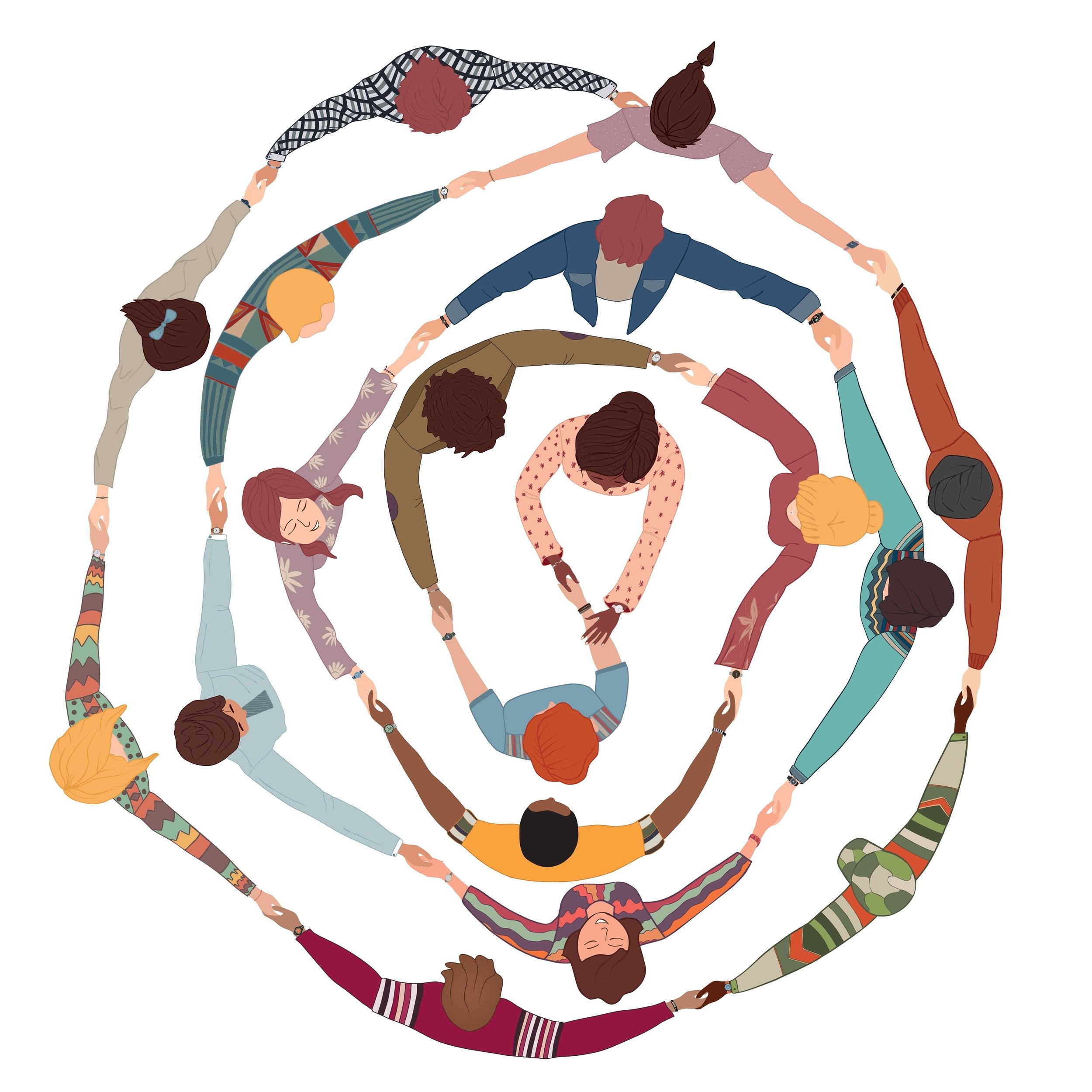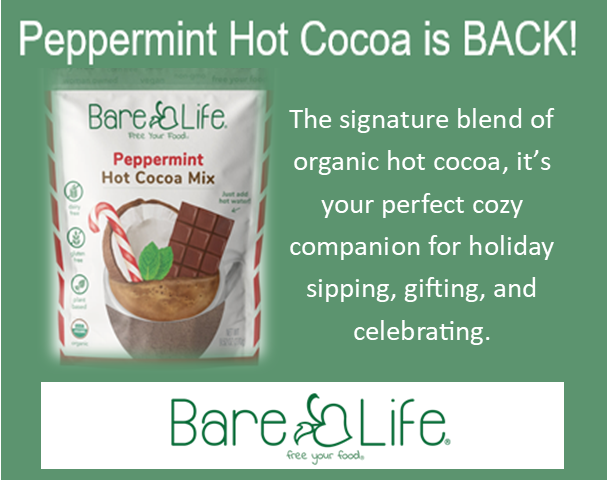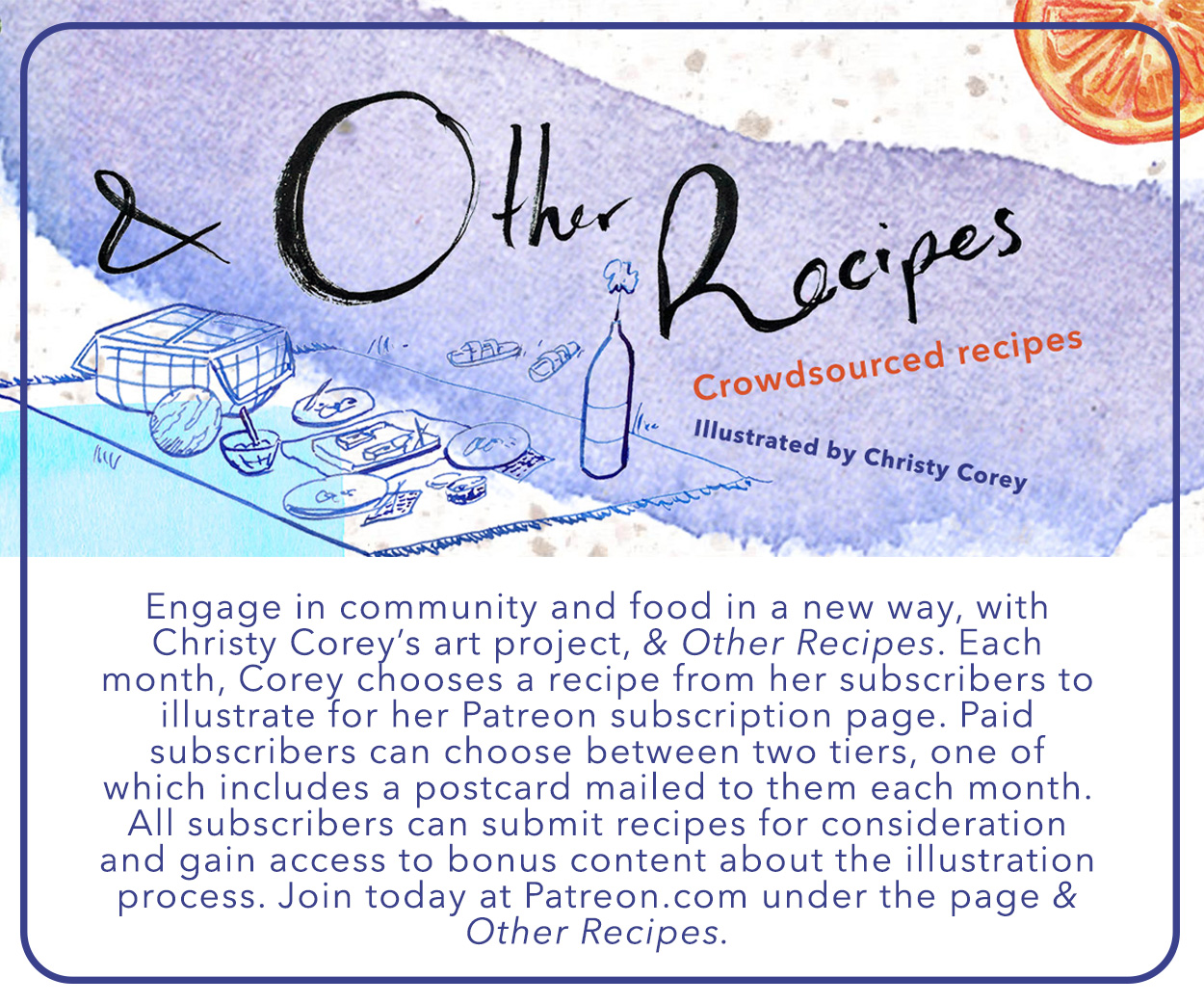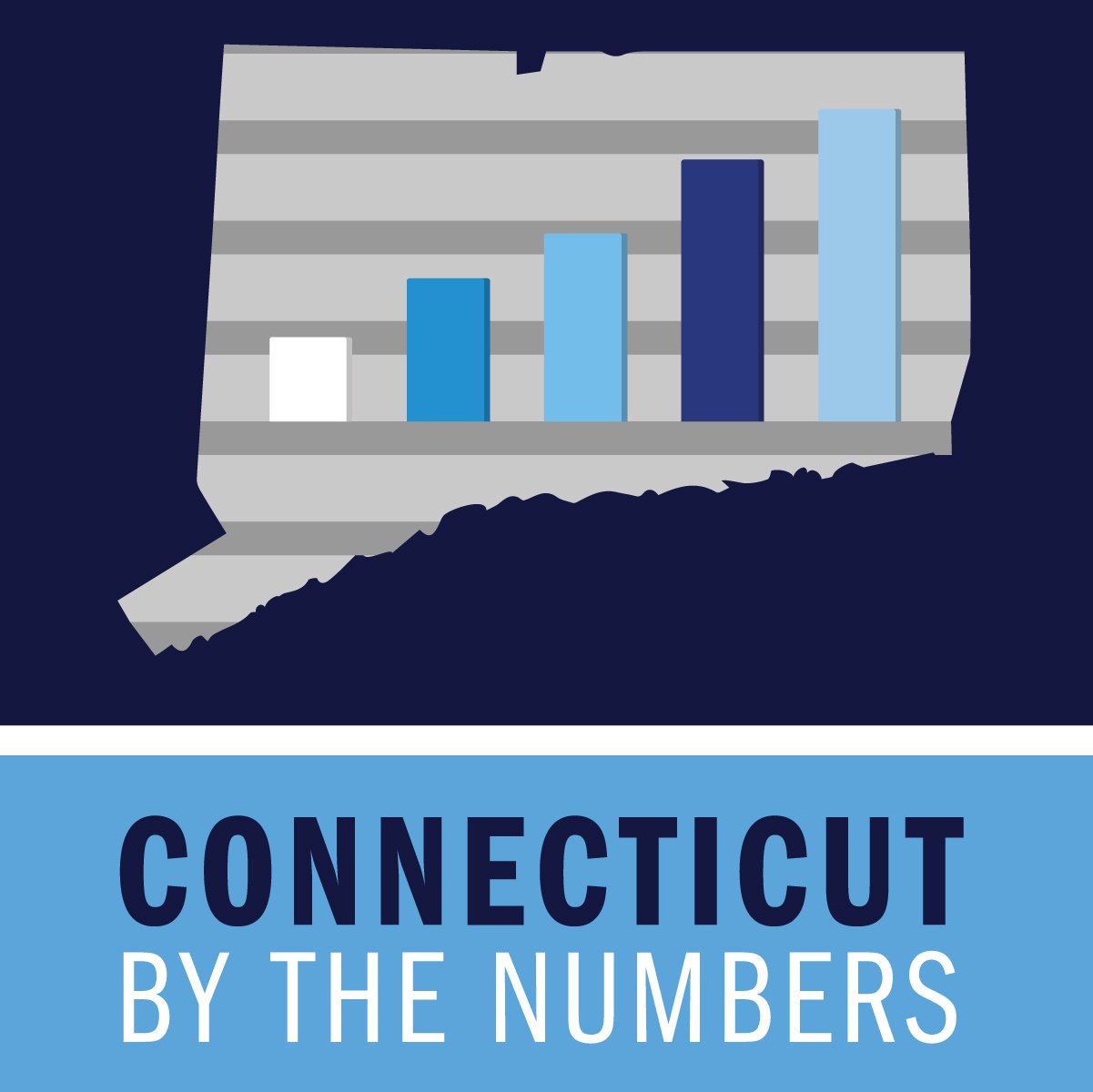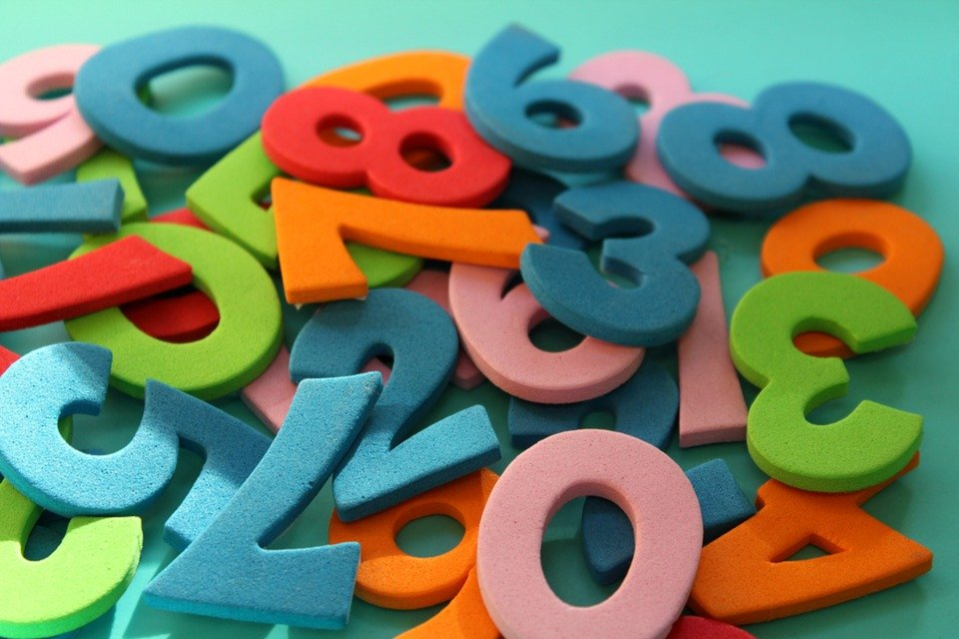Celebrating and Commemorating Connecticut's Cultures
/by Fiona Vernal
Whether they highlighted religious and cultural heritage, military accomplishments, or the cyclical rhythms of nature, festivals and parades had one purpose in common. They were communal, collective affairs with interfenerational revelers and participants, where something was “brought to remembrance,” as the origins of the verb commemorate remind us. They were a chance to make memories together.
As Connecticut’s demographic landscape has shifted, so have its festivals, parades, and celebrations. Powwows across the state celebrate Native Americans’ cultural heritage, remind the public that we live on occupied lands, and bring ancestors and elders “to remembrance.”
Memorial Day and Veterans Day, celebrated since 1868 and 1919 respectively, honor the contributions of generations of servicepeople who have fought to protect this country and its values. An older tradition, the Saint Patrick’s Day parade, celebrated since 1842 in Connecticut, has long shifted from its emphasis on memorializing a Christian saint to a broader celebration of Irish ancestry and the Irish diaspora; its revelers and participants now come from all backgrounds and generations.
Parades and festivals showcase America’s history of immigration and the communities who chose to make this country their home. Observances of Dia de los Muertos, on the rise across Connecticut, also call us to remember the ancestors and the history of America’s largest foreign -born population.
This celebration provdes a glimpse of how Mexican cultural heritage shapes how we think about bereavement, memory, and family.
Connecticut’s West Indian parades began formally in 1962 to commemorate independence, yet their lineage stretches back to an earlier era of Emancipation Day celebrations of the British abolition of slavery in 1834.
Black communities in Connecticut celebrated both Haitian independence and British emancipation with their own festivals decades before American emancipation. New West Indian diasporas redefined the meaning of freedom and mobility and celebrated anew when they regained a measure of sovereignty in the 1960s. Puerto Rican parades and festivals play a similar roles as Connecicut emerged as one of the densest concentrations of Puerto Ricans in the northeastern United States.
Even festivals that no longer exist, such as the Cigar Harvest Festival that once was the talk of the town in Hartford, give us an important window into the past. Connecticut celebrated its agricultural heritage and the legacy of tobacco labor and livelihood that have enriched the state’s citizens and shaped the diasporaas of southeastern Europeans, West Indians, and Puerto Ricans.
Whether you attend Juneteenth, a powwow, the Saint Patrick’s Day parade, the Festival of Arts and Ideas, a Pride festival, Lunarfest, a Diwali party, or a Three Kings Day celebration, these events are about making meaning and bringing people together.
THey are opportunities for pageantry and merrymaking. They remain affirmations of belonging, diversity, and community, of intergenerational cnnections and of the people with the courage and vision to honor the swath of traditions that make up the tapestry of American life and culture in Connecticut.
This essay, by Dr. Fiona Vernal, the director of Engaged, Public, Oral, and Community Histories (EPOCH) and associate professor of history at the University of Connecticut, was commissioned by CT Humanities and first appeared in Connecticut Explored.


